Blackbookmag.com, November 2011 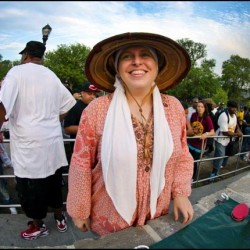
When hip-hop publicist, event promoter, and DMC USA CEO Christie Z-Pabon moved to New York in 1996 from in Perryopolis, Pa, she had one goal: attend as many hip-hop shows as she could. Growing up in the ‘80s, Pabon’s access to hip-hop culture was limited to buying whatever 12-inches were available at National Record Mart, and staying up late on Sundays listening to Sly Jock on WAMO, the only station that played hip-hop.
Vs. Magazine, November 2010 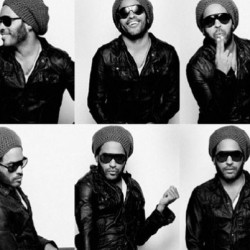
It’s been more than 20 years since Lenny Kravitz wrote and produced his classic debut, ‘Let Love Rule’, which introduced the world to a dreaded hippie whose sound melded an array of musical influences from classic rock to funk. Today the Brooklyn born rocker – sans dreads – continues to thrive and surprise us with his multifaceted talent – and expressions.
ClassicRhymes.com, March 2010 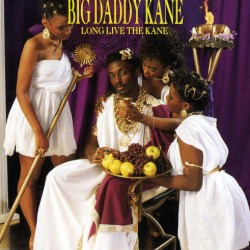
Kane is by far one of the most requested MC’s people always suggest, no demand, we cover. And we couldn’t be more thrilled that Kane blessed us with an interview.
We initially planned to talk to Kane about recording his classic 1988 debut, “Long Live The Kane” but it quickly dawned on me that we should make the most of our time with Kane, so instead of setting up a future interview to discuss his other classic album “It’s a Big Daddy Thing”, let’s just knock it all out at once.
ClassicRhymes.com, November 2009 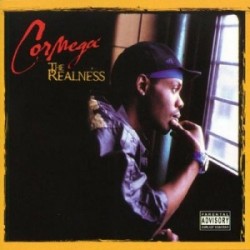
“One thing about the music industry it’s two different realms. I love the music, I hate the industry. If I would have listened to the industry, I would have not believed in myself.” -Cormega
Listening to Cormega talking about the complex relationship between commerce and art, you can’t help but wonder about the nameless artists who weren’t as fortunate as he was when it came to standing behind their work in the face of outside pressures.
ClassicRhymes.com, August 2009 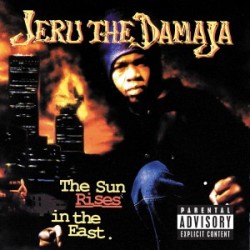
In the soundtrack to the movie of my life, the college years, Jeru the Damaja’s The Sun Rises in the East would undoubtedly make the cut. For the start of my freshman year, this CD (remember those?) was in constant rotation swallowing my closet-sized dorm room whole with unadulterated, gritty New York hip-hop. It was just what the doctor ordered for a home sick, shy freshman from New York who spent much of her first month at school in her room blasting music to the dismay of my hall roomies who gravitated more towards the local DC sound of Go-Go music.
ClassicRhymes.com, May 2009 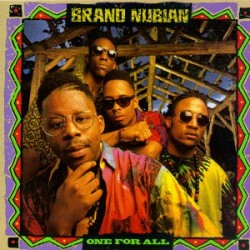
When Brand Nubian’s debut One For All was released in 1990, post civil-rights, young African-Americans were in the midst of a re-awakening of Black pride and social consciousness, and Hip-hop, especially on the East coast, was the vehicle in articulating this new energy. Few MCs at the time encompassed the frustration, anger, righteousness and joy of being young and Black in the 1990’s in an America awash in racial tension like New Rochelle, New York’s Grand Puba, Sadat X and Lord Jamar on the visceral One For All.
Paper Magazine, July 2008 
In 1995 DJ Static and Professor Groove were McGill University students in Montreal, volunteering at the college radio station CKUT when, in what can now be interpreted as a blessing from the musical gods, they were paired up to fill in 15 minutes on the air. The following year Static (née Michael Lai) and Professor Groove (née Nick Foster), a self-described funk head for life, would turn hip-hop radio on its head with their genre mashing show Wefunk.
Paper Magazine, April 2008 
Paris may be revered most often for its culinary delicacies, haute fashion and now its supermodel First Lady, but thanks to Parisian party promoters Alexandre Barouzdin and Cyril Blanc’s latest dance phenomenon, Tecktonik, the spotlight is now turning to the city’s dance floors.
“Cyril and I wanted to do parties where different styles of music like electro, jump-style, hard-style and techno were played,” says Barouzdin, who, seven years ago, along with partner Blanc, started throwing Tecktonik parties at Metropolis, the 8,000-person-capacity mega-nightclub just outside Paris.
|
|
 When hip-hop publicist, event promoter, and DMC USA CEO Christie Z-Pabon moved to New York in 1996 from in Perryopolis, Pa, she had one goal: attend as many hip-hop shows as she could. Growing up in the ‘80s, Pabon’s access to hip-hop culture was limited to buying whatever 12-inches were available at National Record Mart, and staying up late on Sundays listening to Sly Jock on WAMO, the only station that played hip-hop.
When hip-hop publicist, event promoter, and DMC USA CEO Christie Z-Pabon moved to New York in 1996 from in Perryopolis, Pa, she had one goal: attend as many hip-hop shows as she could. Growing up in the ‘80s, Pabon’s access to hip-hop culture was limited to buying whatever 12-inches were available at National Record Mart, and staying up late on Sundays listening to Sly Jock on WAMO, the only station that played hip-hop. When hip-hop publicist, event promoter, and DMC USA CEO Christie Z-Pabon moved to New York in 1996 from in Perryopolis, Pa, she had one goal: attend as many hip-hop shows as she could. Growing up in the ‘80s, Pabon’s access to hip-hop culture was limited to buying whatever 12-inches were available at National Record Mart, and staying up late on Sundays listening to Sly Jock on WAMO, the only station that played hip-hop.
When hip-hop publicist, event promoter, and DMC USA CEO Christie Z-Pabon moved to New York in 1996 from in Perryopolis, Pa, she had one goal: attend as many hip-hop shows as she could. Growing up in the ‘80s, Pabon’s access to hip-hop culture was limited to buying whatever 12-inches were available at National Record Mart, and staying up late on Sundays listening to Sly Jock on WAMO, the only station that played hip-hop.





